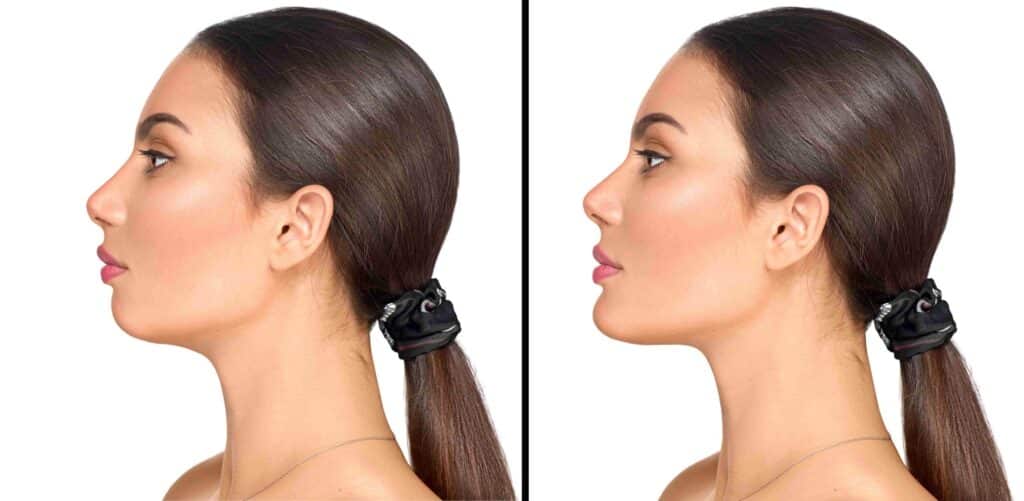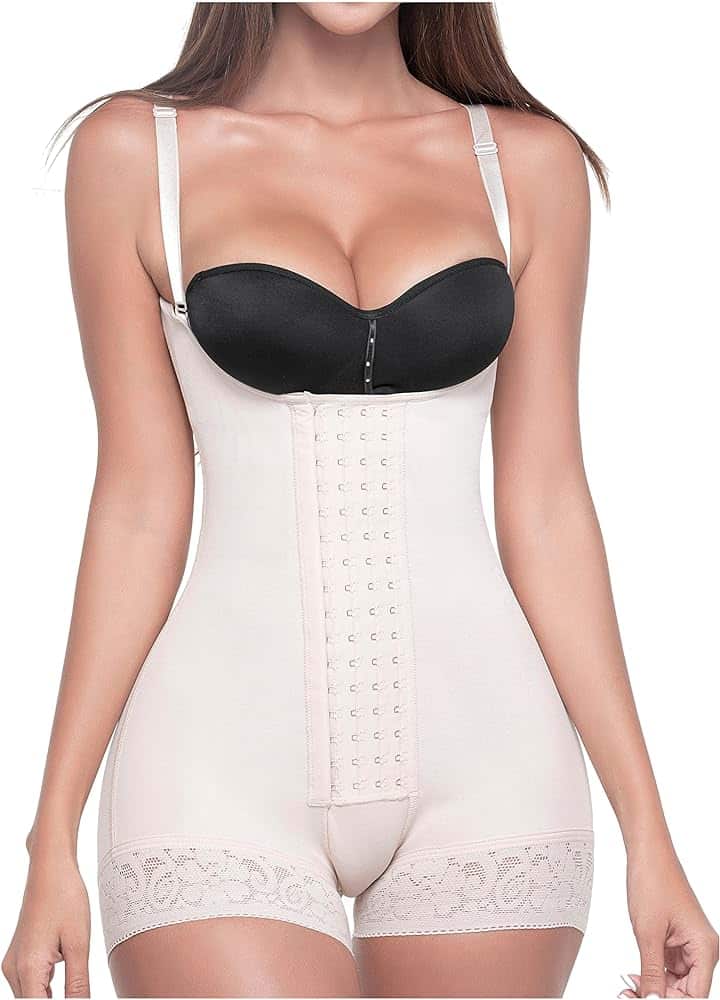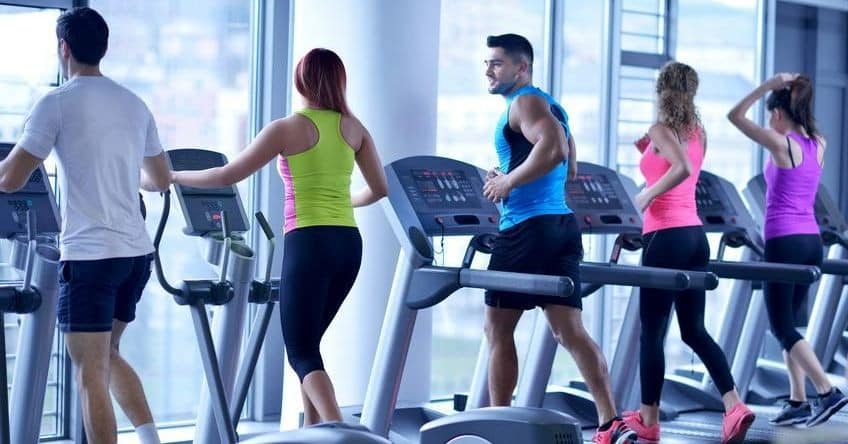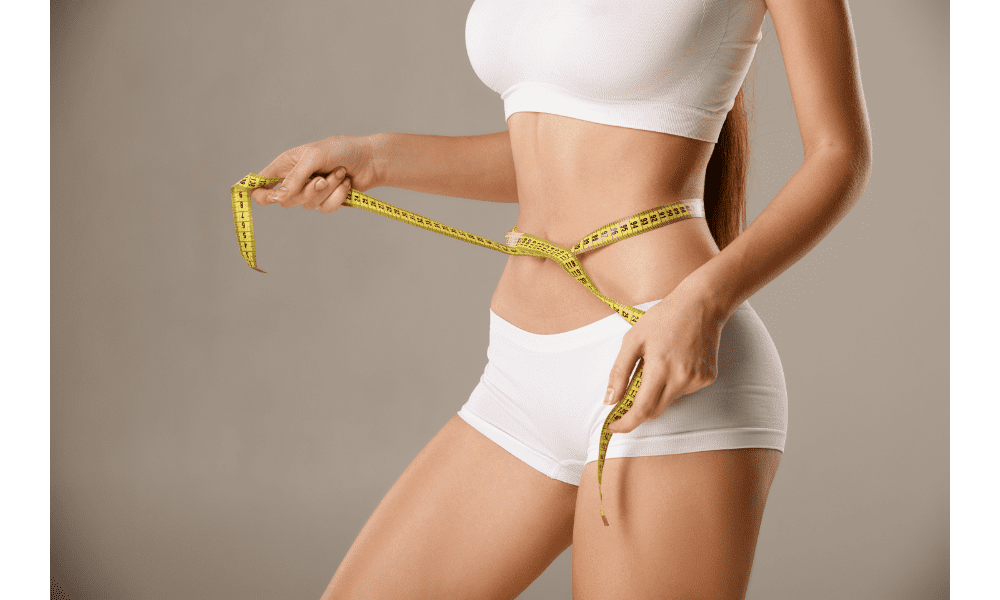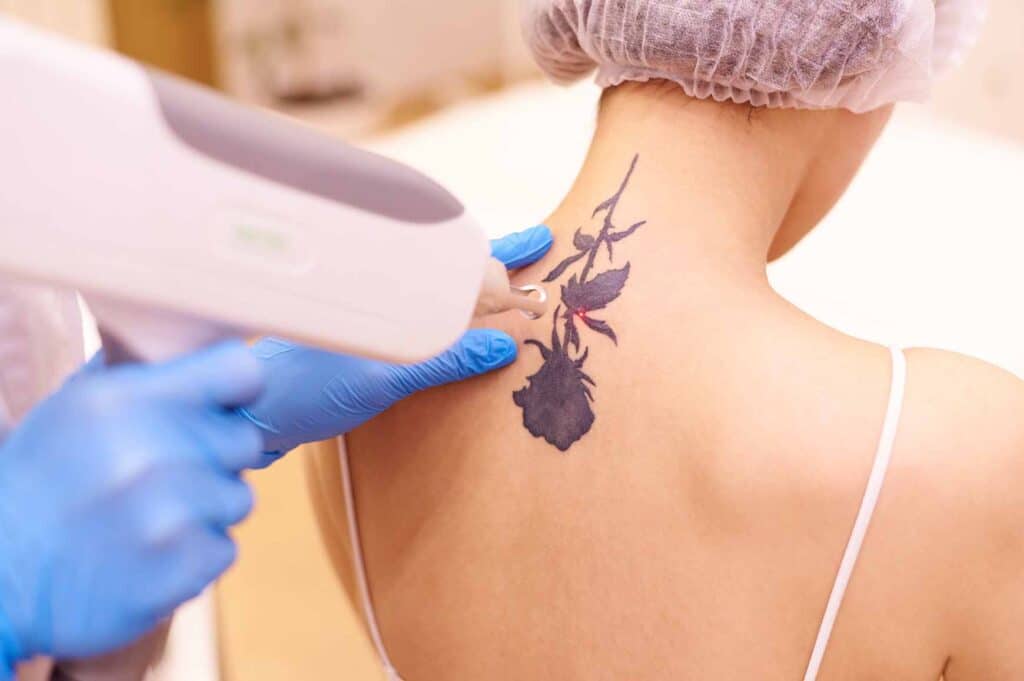Body-jet water jet technology is changing the game in body contouring with new liposuction techniques and fashioned liposuction techniques. Unlike traditional methods like manual liposuction, this innovative body jet lipo approach uses a gentle stream of water as part of the liposuction system to target fat cells, assisted liposuction. It offers a less invasive option than conventional liposuction methods with quicker recovery times using a jet water liposuction system. Patients experience minimal discomfort and can often return to their daily routines faster than with conventional liposuction methods, traditional lipo, or other techniques like jet water liposuction and the liposuction system.
This technology stands out for its precision and effectiveness. It minimizes damage to surrounding tissues, making it a safer choice for many in jet water liposuction and body jet lipo harvesting, ensuring a reliable body. With body-jet water jet technology, harvesting your desired body shape is more accessible than ever. Say goodbye to harsh procedures like traditional methods and hello to jet water liposuction, a smoother, more efficient way to sculpt your physique by harvesting fat with jet lipo.
Principles of Body-Jet® Technology
Water Jet Removal
Water jet technology uses a gentle stream of water for harvesting stubborn fat. This method is less invasive than traditional liposuction techniques. The water jet breaks apart fat cells while preserving surrounding tissues.
The process begins with injecting a saline solution into the treatment area using jet water liposuction. This solution helps to loosen the fat cells. Once the fat is loosened, a high-pressure water jet targets those areas. The jet effectively separates the fat from the body.
This technique minimizes damage to blood vessels and nerves. As a result, patients experience less pain during and after the jet water liposuction procedure.
Long-Lasting Results
Body-Jet® technology offers long-lasting results for those seeking body contouring. The removal of excess fat cells is permanent. Once fat cells are removed, they do not return. Patients can enjoy their new shape for years.
Minimal bruising and swelling occur after the procedure. Recovery time is shorter compared to traditional methods. Most patients return to normal activities within days.
The gentle nature of this jet water liposuction technology reduces trauma to the body. Patients often report feeling satisfied with their results shortly after jet water liposuction surgery.
Enhanced Body Contour
This technology significantly enhances body contour. By separating and removing excess fat cells through jet water liposuction, it shapes the body more effectively. Areas like the abdomen, thighs, and arms benefit from jet water liposuction.
Patients can target specific problem areas with precision. The ability to sculpt these areas with jet water liposuction leads to a more balanced appearance. Many individuals feel more confident after undergoing the procedure.
The results are smooth and natural-looking. There are no visible scars since incisions are small.
Safety Considerations
Safety is a crucial aspect of Body-Jet® technology. The procedure is performed by trained professionals in a controlled environment using jet water liposuction. This ensures that all safety protocols are followed.
Potential risks of jet water liposuction include infection or uneven results, but these are rare. Patients should discuss their medical history, especially regarding jet water liposuction, with their doctor before treatment.
Choosing an experienced practitioner can significantly reduce risks. They can provide insights on jet water liposuction and what to expect during recovery as well.
Mechanics of Body-Jet® Liposuction
Numbing Fluid
The body jet liposuction procedure begins with administering a numbing fluid. This step is crucial for patient comfort. The fluid minimizes pain during the fat removal process. It also helps to reduce bleeding. Doctors typically use a local anesthetic for this purpose. Patients often report feeling little to no discomfort during the jet water liposuction procedure.
Cannula Insertion
Next, a cannula is inserted under the skin through a tiny incision for jet water liposuction. This small tube allows access to the targeted fat areas for jet water liposuction. The size of the incision from jet water liposuction is minimal, which aids in quicker healing. Surgeons strategically place the cannula for jet water liposuction to ensure effective fat removal.
Water Stream Technique
The body jet liposuction uses a concentrated stream of water. This technique separates fat cells from surrounding tissues. The water gently dislodges fat without damaging nearby structures. This method is less invasive than traditional liposuction procedures. It also results in less bruising and swelling post-operation.
Fat Cells Removal
Once the fat cells are separated, they are removed through the cannula. Surgeons can control the amount of fat extracted precisely. This control leads to more natural-looking results. Patients often appreciate how this technique maintains skin integrity better than conventional methods.
Comparison with Traditional Methods
Body jet lipo differs significantly from traditional liposuction methods. Conventional techniques often require larger incisions and more invasive approaches. Patients may experience longer recovery times with these older methods. In contrast, body jet technology offers a gentler alternative.
Advantages of Body-Jet® Technology
- Less trauma to surrounding tissues.
- Reduced recovery time.
- Minimal scarring due to small incisions.
- Enhanced comfort during the procedure.
These benefits make body jet liposuction an appealing option for many individuals seeking fat reduction.
Visual Learning Resources
Many patients find it helpful to view body jet liposuction videos before deciding on the procedure. These videos showcase the process and expected results. They provide insight into what happens during the jet water liposuction technique.
Comparing Body-Jet® with Traditional Methods
Fat Extraction
Body-Jet® technology uses a jet of water to extract fat cells. This modern system applies less force compared to traditional liposuction methods. The gentle nature of the water medium minimizes trauma to surrounding tissues. As a result, patients experience less bruising and swelling.
Traditional methods often require more aggressive suction techniques. This can lead to significant discomfort and longer recovery times. In contrast, Body-Jet® provides a more comfortable experience. Patients report feeling less pain during and after the procedure.
Healing Time
Healing time is crucial for anyone undergoing liposuction. Body-Jet® significantly shortens the healing period. Patients typically return to normal activities faster than those who use traditional methods.
Research indicates that patients using Body-Jet® heal in about half the time compared to conventional liposuction. Less tissue damage contributes to this quicker recovery. Many individuals feel ready to resume their daily routines within days rather than weeks.
Anesthesia Options
Anesthesia plays an important role in any surgical procedure. Body-Jet® allows for the use of local anesthesia instead of general anesthesia or IV sedation. This option makes the process easier for many patients.
Local anesthesia limits risks associated with deeper sedation methods. Patients remain awake and alert during the procedure without feeling pain. This also means fewer complications and a quicker return to normal activities post-surgery.
Patient Comfort
Comfort is a significant factor in any medical treatment. Body-Jet® aims to enhance patient comfort throughout the process. With its gentle approach, it reduces anxiety levels before, during, and after surgery.
Patients appreciate that they can avoid the intense discomfort that often comes with traditional liposuction techniques. The combination of local anesthesia and reduced tissue trauma leads to a more positive overall experience.
Benefits of Body-Jet® Liposuction
Natural Results
Body-Jet® liposuction offers natural-looking results. This method uses a gentle water jet to dislodge fat deposits. It preserves surrounding tissues. This leads to smoother contours and less scarring compared to traditional techniques. Patients often report satisfaction with their appearance after surgery.
The technology allows for precise targeting of fat tissue volumes. Surgeons can shape the body without compromising skin integrity. The result is a more aesthetically pleasing outcome. Many patients prefer this method for its ability to provide excellent liposuction results.
Minimal Recovery Time
Recovery time is crucial for many individuals considering cosmetic surgery. Body-Jet® liposuction enables patients to resume daily activities within just a few days. Traditional liposuction methods may require longer recovery periods. With Body-Jet®, swelling and bruising are typically less severe.
Patients appreciate returning to their routines quickly. They can enjoy their new look sooner than with other fat reduction methods. This efficiency makes Body-Jet® an attractive option for busy individuals.
Fat Transfer Options
Another significant benefit is the ability to perform fat transfer injections. Body-Jet® liposuction allows surgeons to collect fatty tissue during the procedure. This fat can then be used for lip augmentation or enhancing other areas of the body.
Fat transfer has gained popularity in cosmetic surgery. It provides a way to use excess body fat effectively. Patients can achieve body shaping goals while also enhancing volume in desired areas.
Surgeons utilize this technique for various applications, including breast augmentation and facial rejuvenation. The versatility of Body-Jet® makes it a valuable tool in modern cosmetic practices.
Superior Results
Many patients seek out Body-Jet® for its superior liposuction results. The technology reduces the chances of irregularities post-surgery. This leads to smoother and more even appearances.
Surgeons trained in Body-Jet® techniques often note fewer complications overall. Patients experience less discomfort during and after the procedure. This contributes to higher satisfaction rates among those who choose this method over laser liposuction or traditional approaches.
Enhanced Comfort
Comfort during the procedure is another advantage of Body-Jet®. The water jet technology minimizes trauma to the body. Patients report feeling less pain compared to conventional liposuction surgeries.
This comfort level encourages more individuals to consider fat reduction options they might otherwise avoid. With less anxiety about pain, more people explore their choices in cosmetic surgery.
Safety and Effectiveness of Body-Jet®
Minimizing Trauma
Body-Jet® water jet technology uses a gentle approach for fat removal. This method minimizes trauma to surrounding tissues. It employs a stream of water to dislodge fat cells while protecting blood vessels and nerves. Traditional liposuction can cause significant bruising and swelling. In contrast, Body-Jet® reduces these issues. Patients often experience less discomfort during recovery.
Less trauma means quicker healing times. Many patients return to their daily activities sooner than with traditional methods. This efficiency is one reason why people prefer body jet technology.
Preserving Fat Cells
Another advantage of Body-Jet® is its ability to preserve fat cells. The gentle nature of the water jet allows for careful extraction. This preservation is crucial for future procedures. Surgeons can use the harvested fat for grafting or transfer to other areas of the body.
For example, a patient may want to enhance their cheeks or lips after liposuction. The preserved fat can be injected into these areas, providing natural-looking results. This capability sets Body-Jet® apart from other methods.
Safer Alternative
Body-Jet® offers a safer alternative to traditional liposuction techniques. Studies show that it has fewer complications overall. Risks such as infection or excessive bleeding are reduced significantly with this method.
Surgeons find that patients have lower rates of post-operative complications when using Body-Jet®. This reliability makes it a preferred choice among many medical professionals.
Patients report higher satisfaction levels due to the minimized risks and faster recovery times. Overall, the safety profile of Body-Jet® enhances its appeal in cosmetic procedures.
Patient Experience
Many patients share positive experiences with Body-Jet®. They appreciate the gentle technique that causes less pain and discomfort. Reports indicate that most individuals feel more relaxed knowing they face fewer risks during surgery.
The combination of effectiveness and safety creates an overall better experience for patients. They can achieve their desired results without worrying about severe side effects.
Summary of Benefits
The benefits of Body-Jet® water jet technology are clear:
- Minimized trauma to surrounding tissues
- Preservation of fat cells for future use
- A safer alternative with fewer complications
These factors contribute to its growing popularity in cosmetic surgery.
Patient Experience During Body-Jet® Procedure
Gentle Procedure
Patients often report less discomfort during the jet procedure. The Body-Jet® technology uses a gentle water jet to remove fat. This method reduces trauma to surrounding tissues. As a result, patients feel more comfortable throughout the process.
The water jet creates a soft, pulsating effect. This minimizes pain and swelling compared to traditional liposuction methods. Many people find this aspect appealing. A smoother experience leads to a more positive overall outcome.
Local Anesthesia Benefits
Using local anesthesia is another significant advantage of the Body-Jet® procedure. Patients avoid the risks associated with general anesthesia. General anesthesia can lead to complications like respiratory issues or allergic reactions.
With local anesthesia, patients remain awake but relaxed. They can communicate with their doctors during the procedure. This allows for real-time adjustments if needed. Most people appreciate this level of control over their experience.
Quick Recovery
Recovery time after the Body-Jet® procedure is generally shorter than with traditional techniques. Patients enjoy a quicker return to normal activities. Many individuals resume daily routines within a few days.
This quick recovery is due to less tissue damage and inflammation. Patients can often walk or engage in light activities shortly after the procedure. The reduced downtime enhances the overall satisfaction with the treatment.
Emotional Impact
Undergoing any medical procedure can be stressful. However, the Body-Jet® approach helps ease some of that anxiety. Knowing that they will experience less discomfort and quicker recovery provides peace of mind for many patients.
People often share their stories about how they felt before and after the procedure. Positive experiences can lead to increased confidence and satisfaction with their body image.
Post-Procedure Care
After the jet procedure, doctors provide specific care instructions. Following these guidelines ensures optimal healing and results. Patients are advised to stay hydrated and avoid strenuous activities for a short time.
Regular follow-up appointments help monitor progress and address any concerns. This ongoing support contributes to a sense of security for patients.

What to Expect During the Procedure
Procedure Steps
The body-jet water jet technology involves a two-step process. First, doctors administer a numbing fluid. This fluid helps reduce discomfort during the procedure. Local anesthesia is used, ensuring patients feel minimal pain.
Next, the fat removal begins. The water jet gently dislodges fat cells. This method allows for a more precise extraction of fat compared to traditional liposuction techniques. Patients appreciate this gentle approach, as it minimizes trauma to surrounding tissues.
Pain Management
Patients often report feeling only slight discomfort. The use of local anesthesia plays a significant role in this experience. Many people describe their sensation as pressure rather than pain. This aspect makes body-jet technology appealing for those who may fear surgery.
After the procedure, some patients may experience mild soreness. This discomfort usually resolves within a few days. Ice packs and over-the-counter pain relief can help manage any lingering sensations.
Immediate Results
Immediately after the procedure, patients notice subtle changes in their body contour. These changes can be encouraging and boost confidence. However, results may not be fully visible right away due to swelling.
Swelling is a common response following any surgical procedure. It typically subsides within a few weeks. As the swelling decreases, the final results become clearer. Most patients are pleased with their new shape, feeling more satisfied with their appearance.
Risks Involved
Though body-jet technology is generally safe, some risks exist. Common risks include infection, bleeding, or uneven results. Patients should discuss these potential complications with their doctor before proceeding.
Choosing an experienced surgeon can help minimize these risks. Surgeons must be skilled in performing body-jet procedures to ensure optimal outcomes. Proper pre-operative assessments also contribute to safety during the procedure.
Recovery Process
Recovery from a body-jet procedure is typically quick. Most people return to normal activities within a week. Light exercise can usually resume after about two weeks.
Surgeons often recommend avoiding strenuous activities for at least four weeks. Following post-operative care instructions is crucial for achieving the best results. Patients should attend follow-up appointments to monitor healing and address any concerns.
Steps to Begin Body-Jet® Treatment
Initial Consultation
Schedule an initial consultation with a certified practitioner. This step is crucial for understanding the Body-Jet® procedure. During this meeting, you will learn about the technology and how it works. The practitioner will explain the benefits and potential risks involved.
Discuss your goals and expectations for the procedure. Clear communication helps the practitioner tailor the treatment to fit your needs. You should feel comfortable sharing your concerns and asking questions. This meeting sets the foundation for a successful outcome.
Medical Evaluation
Undergo a thorough medical evaluation to determine suitability. The practitioner will assess your medical history and current health status. They may ask about previous surgeries or health conditions. This information ensures that Body-Jet® is safe for you.
Tests may be conducted during this evaluation. Blood tests or imaging studies might be required to rule out any underlying issues. The goal is to ensure you are a good candidate for the treatment.
Setting Goals
Define specific goals for your body contouring journey. Consider what areas you want to improve and why. Understanding your motivations helps shape the treatment plan. For example, do you want to reduce stubborn fat or enhance your body’s shape?
The practitioner will help you set realistic expectations. They can show before-and-after photos of previous patients. This visual aid can clarify what results are possible with Body-Jet®.
Treatment Plan
Develop a personalized treatment plan based on your consultation and evaluation. This plan outlines the details of your procedure, including timing and costs. Knowing what to expect can ease any anxiety about the process.
Discuss any pre-treatment instructions with your practitioner. These may include dietary changes or avoiding certain medications. Following these guidelines prepares your body for optimal results.
Scheduling the Procedure
Once everything is in place, schedule your procedure date. Ensure that you choose a time that allows for recovery afterward. The Body-Jet® treatment typically requires minimal downtime, but planning is essential.
Confirm all details before the appointment day. Bring any necessary paperwork or identification with you. Being organized helps everything go smoothly on the day of your treatment.
Post-Treatment Care
Prepare for post-treatment care as well. Your practitioner will provide specific instructions for recovery. Follow these guidelines closely to achieve the best results.
Stay in touch with your practitioner after the procedure. Attend follow-up appointments as recommended. This ongoing communication helps track progress and address any concerns.
Request a Consultation
Specialized Clinics
Contact a specialized clinic that offers Body-Jet® technology. These clinics have trained professionals who understand the procedure well. They can provide detailed information about the treatment.
Inquire about the specific services they offer. Ask how Body-Jet® works and what makes it different from other methods. Many clinics have websites with this information readily available.
Procedure Information
Request details about the procedure itself. Understand how the water jet technology operates. It uses a gentle stream of water to remove fat cells without harming surrounding tissues.
Ask about the power of the technology. The precision allows for targeted fat removal, which can lead to better results. Knowing how it works helps set realistic expectations for your outcome.
Cost Breakdown
Inquire about the costs associated with Body-Jet® treatment. Prices can vary widely based on location and clinic reputation. Some clinics offer consultations at no charge, while others may require an initial fee.
Understanding the financial commitment is essential before proceeding. Ask if they provide payment plans or financing options. This can make the treatment more accessible.
Recovery Process
Gain insights into the recovery process after Body-Jet® treatment. Most patients experience minimal downtime compared to traditional liposuction methods. However, knowing what to expect is crucial for planning.
Ask about any post-procedure care required. Some clinics may suggest wearing compression garments for a few weeks. Understanding these steps ensures you are prepared for your recovery journey.
Personalized Treatment Options
Book an appointment to discuss personalized treatment options with a specialist. Each patient has unique needs and goals when it comes to body contouring.
During your consultation, share your concerns and desired outcomes. The specialist will evaluate your body type and recommend a tailored plan. They may suggest combining Body-Jet® with other procedures for enhanced results.
Benefits of Consultation
A consultation provides clarity on what to expect from Body-Jet®. You can ask questions and address any uncertainties you might have about the process.
Understanding all aspects of the treatment empowers you to make informed decisions. It also helps build trust in the clinic and its staff.
Final Remarks
Body-Jet® water jet technology revolutionizes liposuction. It combines precision and gentleness, enhancing your experience while delivering impressive results. You’ve learned how it works, its benefits, and what to expect. This innovative approach prioritizes safety and effectiveness, making it a smart choice for body contouring.
Now is the time to take the next step. If you’re considering Body-Jet® treatment, reach out for a consultation. Discover how this technology can transform your body and boost your confidence. Your journey to a new you starts today!
Frequently Asked Questions
What is Body-Jet® technology?
Body-Jet® technology uses a gentle water jet to dislodge fat cells, making liposuction less invasive and more precise. This method minimizes trauma to surrounding tissues, enhancing recovery and results.
How does Body-Jet® liposuction differ from traditional methods?
Unlike traditional liposuction that uses suction alone, Body-Jet® employs a water jet for fat removal. This technique reduces pain, swelling, and bruising, leading to a quicker recovery.
What are the benefits of choosing Body-Jet® liposuction?
Body-Jet® offers several advantages: less discomfort, reduced downtime, minimal scarring, and improved skin retraction. Patients often report a smoother contour and faster return to daily activities.
Is Body-Jet® liposuction safe?
Yes, Body-Jet® liposuction is considered safe when performed by a qualified professional. The technique’s gentle approach reduces risks associated with traditional liposuction procedures.
What can I expect during the Body-Jet® procedure?
During the procedure, you’ll receive local anesthesia for comfort. The surgeon will use the Body-Jet® device to inject water and remove fat gently. Most patients experience minimal discomfort.
How long is the recovery period after Body-Jet® liposuction?
Recovery time varies by individual but typically lasts about one week. Most patients resume normal activities within a few days while experiencing less swelling and bruising compared to traditional methods.
How do I start my Body-Jet® treatment journey?
To begin, schedule a consultation with a certified provider who specializes in Body-Jet®. They will evaluate your needs and create a personalized treatment plan tailored to your goals.


